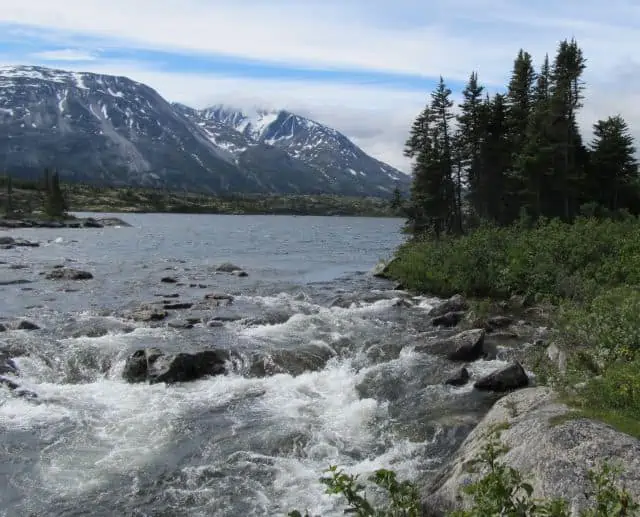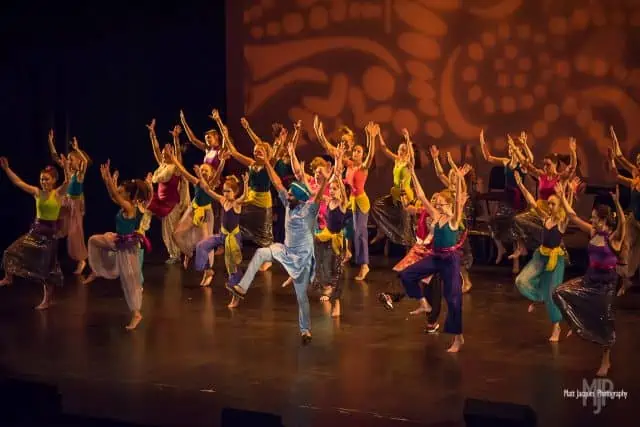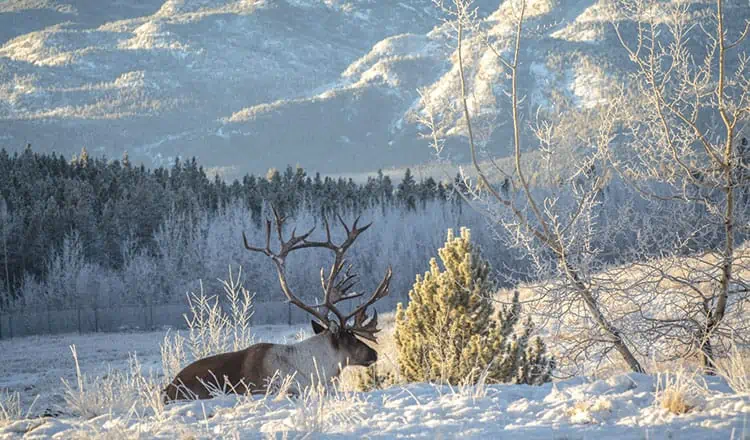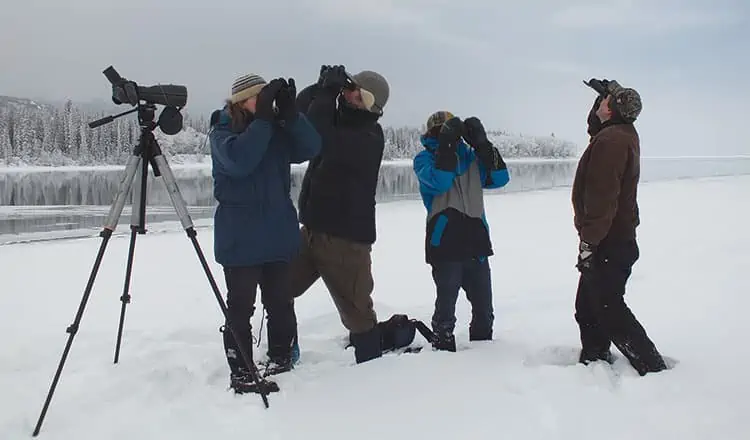Like Whitehorse, Santa Fe takes pride in its arts scene.
The capital of New Mexico, in the American Southwest, has roughly three times the population of the Yukon; it has 250 art galleries.
Err… Whitehorse doesn’t have 80.
This led me to wonder what makes the arts scene in Sante Fe flourish verdantly in the desert? Most importantly, is there anything our Northern city could steal, to encourage growth and flowering?
Rod Lambert, community gallery manager of the Santa Fe Arts Commission, explains that, “Santa Fe has always been a Mecca for the arts.”
On the historical Camino Real trade route, Santa Fe’s role as a trading centre has never diminished.
Santa Fe’s cultural history extends deeply, to long before New Mexico was a state. Likewise, First Nations in the Yukon help us remember our history extends earlier than the Klondike Gold Rush.
To be fair, what Santa Fe would call its “arts scene” is older than Whitehorse’s. For example, our Burning Away the Winter Blues celebration has gone on for 15 years. In Santa Fe, Zozobra — a 50-foot puppet — has carried away “glooms” in its immolation for 90 years.
Over 30,000 people attended this event on August 29, 2014.
Despite our smaller, less storied event, we should keep on burning away Old Man Winter; meaningful community arts events encourage widespread value of the arts.
Santa Fe is deeply multicultural and multilingual.
“Native Arts”, which include pottery, weaving, and jewellery making, predate both Spanish and Anglo colonial times. And traditional Spanish colonial arts made further cultural contributions. However, neither of these practices was called art until Santa Fe became a modern railroad trade centre, and these art forms became marketable.
Lambert calls the contemporary arts scene in Santa Fe a “culmination of these early sparks.”
People in Santa Fe revere these roots.
“Both the Indian and Spanish Markets are two of the most well-attended events every summer,” explains Lambert.
A large number of local galleries specialize in artists in these categories.
“Santa Fe is not restricted by tradition, but inspired by it.”
100 art galleries line Canyon Road, spanning about 400 metres. Is this competition, or does the density benefit all involved by making the road street a destination?
For one thing, diversity makes it work.
There are galleries with paintings and handmade jewellery, contemporary art galleries, American Indian art, Spanish-derived folks arts, and even art galleries specializing in Russian art.
In the traditional arts, skills have been passed down through generations. A depth of skill, both in the artists working in Santa Fe, and in craftspeople whose work supports artists, enriches what you see.
I saw paint used gesturally, abstractly, and with fine and almost perfect realism. Bronze foundries turn sculptural ideas into high-valued, finely finished items. Gem cutters, lapidary, and metal workers shine; it is hard not to buy jewellery in Santa Fe.
Santa Fe also has astonishing arts coverage in the print media.
I picked up at least six free arts publications. These included maps of Santa Fe’s galleries, a collector’s guide, and arts journalism, both descriptive and critical.
So go What’s Up Yukon, go!
Aside from commercial galleries, Santa Fe’s many museums support the overall gallery fabric.
There is a museum just for Georgia O’Keefe, and at the New Mexico Museum of Art I saw a retrospective on the work Judy Chicago has been doing since she moved to the state in 1984.
Many museums explore Native American art from a variety of different angles. The Pablita Velarde Museum of Indian Women in the Arts fills its small space mostly with a solo show of paintings and sculpture by Kathleen Wall, celebrating local Native American harvest traditions.
At the Museum of Contemporary Native Arts, Ric Gendron’s Rattlebone exhibit of fauvist paintings mesmerized me. Accompanied by a video artist statement, it provoked thoughts about the different worlds a Native American navigates.
Whitehorse differs from Santa Fe in too many ways to list, but we have many things in common, including a collective belief that art is important.
Lambert feels that his arts scene results from a desire “to ensure the preservation and promotion of all art forms. It’s a basic community cultural value placed on art.” Hopefully these shared values, over time, will lead us to a similarly lush flowering.




